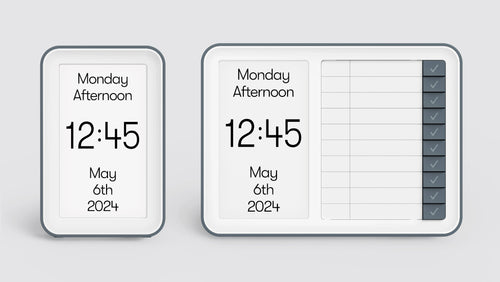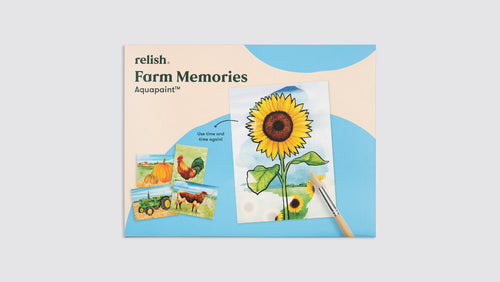What you need
Intro
The world is full of poems – and even the most novice poetry-reader will have read at least one or two in their lifetime. But some people just can’t get enough of them and love all sorts, including the most famous, like “My love is like a red, red rose” by Robert Burns
People progressing on their dementia journey can find reading a struggle, so it’s important to bridge the gap between their love of poetry and devouring it
This activity helps people to enjoy poetry once again, as you’re going to read their favourite poems – or ones they might like – to them. These sessions can be very therapeutic, relaxing and stimulating for the brain. And they’re especially good for people with limited mobility who spend a lot of time sat down or in bed












